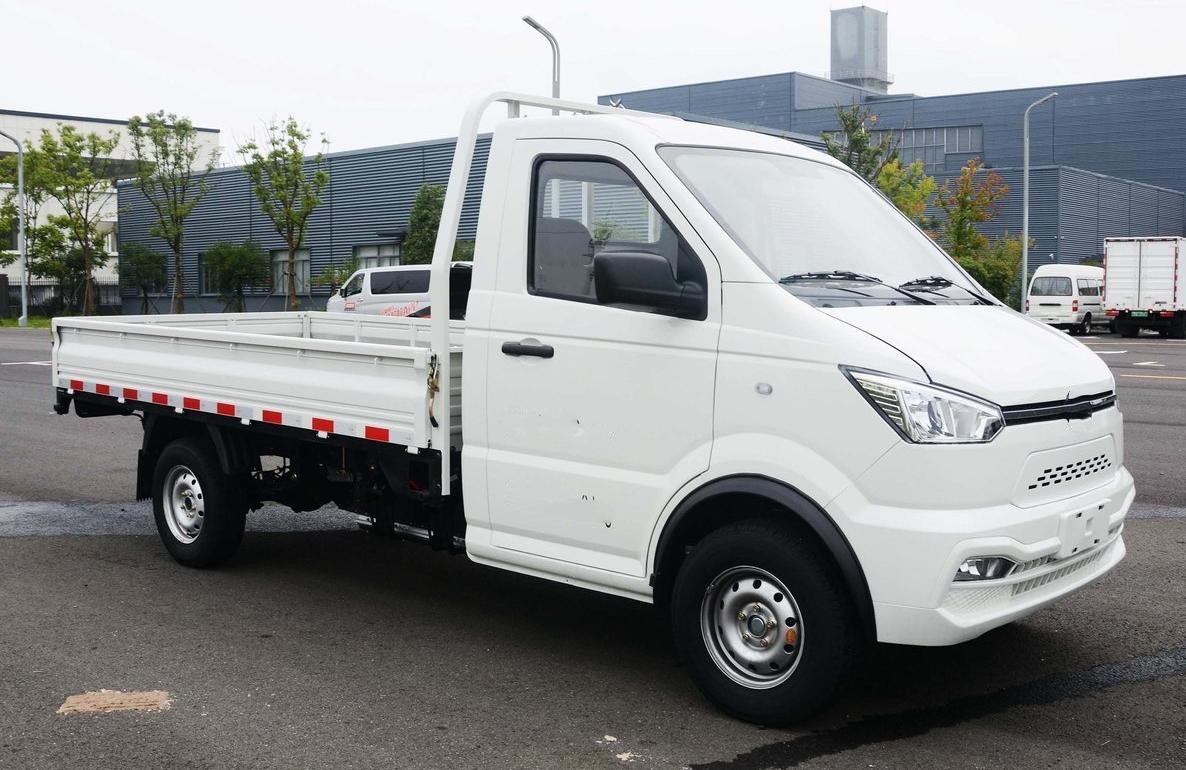Electric Truck News
Precautions for using new energy electric logistics vehicles in the rainy season, please keep them well
Posted on by Electric Trucks
As the south is about to usher in the annual rainy season, regions like Jiangsu, Zhejiang, and Shanghai are set to experience those days once again when quilts can’t seem to dry. The arrival of the rainy season is undoubtedly not good news for cars. For traditional vehicles, if they wade through water that is too deep, it is easy for the exhaust pipe to be flooded and the engine to take in water, potentially causing cylinder head damage. New energy vehicles also require special attention. Let’s delve into the precautions for using electric vehicles in the rainy season.
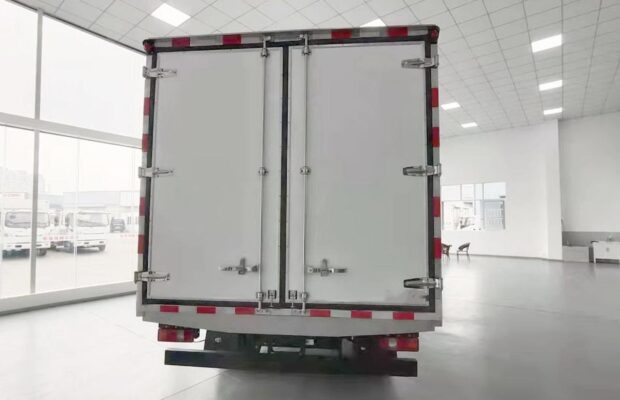
- Driving through shallow water:
When the depth of water on the road surface is less than 10 centimeters, the vehicle must be driven slowly. The speed should be strictly controlled within 10 kilometers per hour. The driving wading distance is preferably not more than 500 meters. Under no circumstances should one speed through by stepping on the accelerator. This is extremely important as speeding through water can cause splashes that may enter the high-voltage line interface or control system, leading to serious consequences.
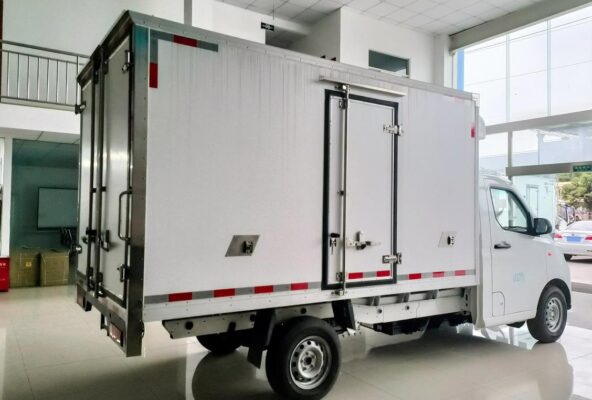
For example, imagine a new energy electric logistics vehicle driving through a shallow puddle. If the driver is impatient and decides to accelerate quickly, the force of the water splashing up can potentially reach the sensitive electrical components of the vehicle. This can cause short circuits or damage to the high-voltage system, putting the vehicle and its occupants at risk. By driving slowly and carefully, the driver can minimize the risk of water entering these critical areas.
- Avoiding deep water:
When the water on the road surface is more than 10 centimeters deep, the vehicle cannot pass forcibly and should change routes immediately. Ensuring safety is of utmost importance. Water entering the high-voltage line can easily lead to short circuits and even cause electrical fires. In the event of wading too deep or when the vehicle is soaked by accumulated water, it is essential to contact the insurance company and service station as soon as possible. It should be noted that if the failure caused by flooding due to human negligence is not covered by the warranty.

Suppose a driver attempts to drive through deep water without realizing the potential risks. The water may enter the vehicle’s electrical system, causing damage that could be extremely costly to repair. Not only could this result in a significant financial burden, but it could also leave the vehicle out of commission for an extended period. By being cautious and avoiding deep water, drivers can protect their vehicles and avoid unnecessary headaches.
- Safe driving practices in rainy weather:
Avoid dangerous actions such as sudden acceleration, sudden deceleration, sudden braking, and sharp turns when driving in rainy days. These actions can be extremely hazardous, especially on wet roads. Sudden acceleration can cause the wheels to spin and lose traction, while sudden braking can lead to skidding. Sharp turns can also result in the vehicle losing control, especially if the roads are slippery.
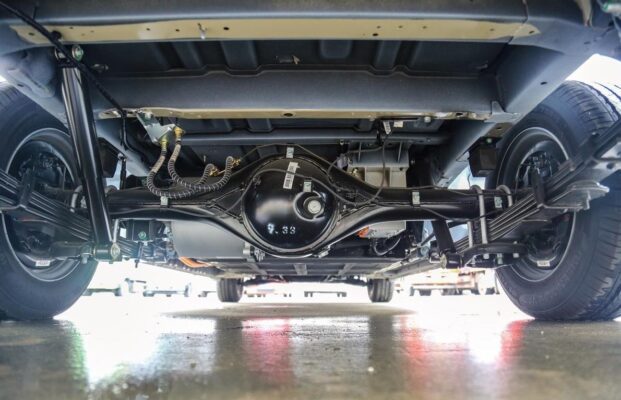
For instance, if a driver makes a sudden turn while driving in the rain, the vehicle may slide and potentially collide with other objects or veer off the road. By driving smoothly and avoiding these dangerous maneuvers, drivers can maintain better control of their vehicles and reduce the risk of accidents.
- Outdoor and indoor charging safety:
Outdoor charging of vehicles must have safe protection facilities. This is crucial to prevent electrical hazards in the event of rain. Rainwater can pose a significant risk to the charging process if proper precautions are not taken. Indoor power connections must have leakage protection to ensure the safety of the electrical system and prevent electrical shocks.
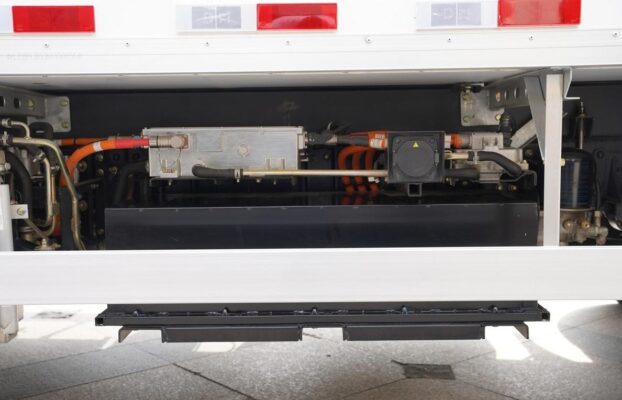
Imagine a scenario where a vehicle is being charged outdoors without proper protection. Rainwater could seep into the charging port or electrical connections, leading to short circuits or even fires. On the other hand, if indoor power connections do not have leakage protection, any electrical faults could pose a serious threat to the safety of the building and its occupants. By ensuring proper safety measures are in place for charging, drivers can minimize the risk of accidents and damage to their vehicles.
- Increased self-inspection in the rainy season:
In the rainy season, the humidity is relatively high. Vehicles should increase the frequency of self-inspection. If the vehicle reports faults such as static electricity, contact the service station in time. High humidity can affect the electrical components of the vehicle and potentially cause malfunctions. Regular self-inspection can help detect these issues early on and prevent more serious problems from developing.
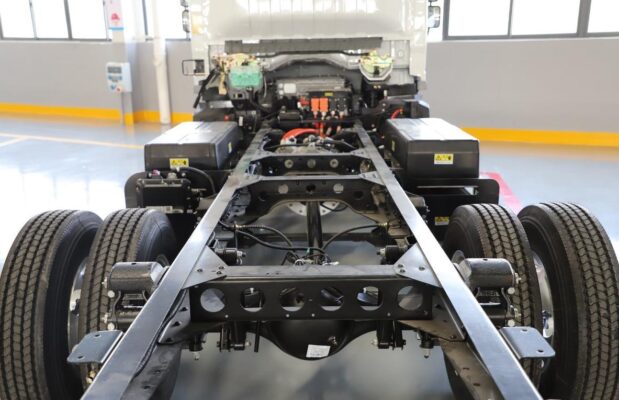
For example, if a vehicle experiences static electricity during the rainy season, it could be a sign of a problem with the electrical system. By contacting the service station promptly, the issue can be diagnosed and resolved before it leads to more significant failures.
- Protecting the charging port:
Keep the dust-proof and waterproof cover of the charging port closed at all times and ensure that no debris or liquid enters. If there is any contamination, clean it up in time. The charging port is a critical part of the vehicle’s electrical system, and any damage or contamination can affect the charging process and potentially cause electrical faults.
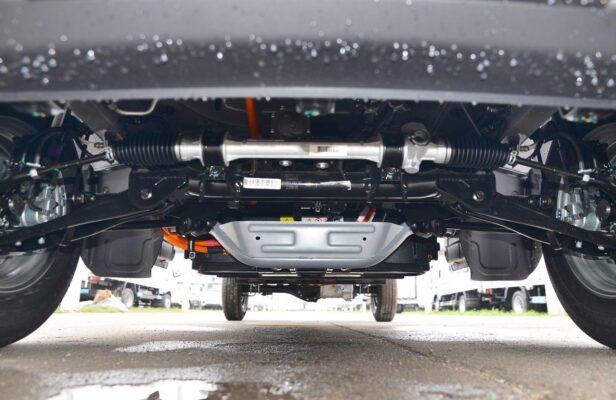
Suppose a driver leaves the charging port uncovered during a rainstorm. Rainwater and debris can enter the port, potentially causing damage to the electrical connections and making it impossible to charge the vehicle. By keeping the cover closed and cleaning up any contaminants promptly, drivers can ensure the proper functioning of the charging port.
- Driving without advanced safety systems:
If your car does not have an ABS system, you must control the vehicle speed well on slippery roads in rainy days to prevent the vehicle from skidding. Generally, most electric logistics vehicles now are not equipped with a driving stability system. If you are used to driving passenger cars with advanced safety features, you still need to pay extra attention when driving logistics vehicles.
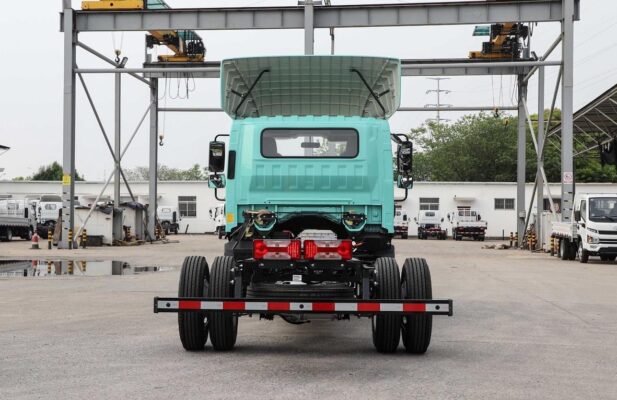
For instance, without an ABS system, sudden braking on a wet road can cause the wheels to lock up and lead to skidding. By driving at a safe speed and being cautious when braking, drivers can reduce the risk of skidding and maintain control of the vehicle.
- Brake system alarms:
If the brake system alarm appears, stop and check in time. The brake booster system of electric vehicles is controlled by circuits, and the circuits are all under the chassis. If it is soaked by rainwater or the humidity is too high, it is easy to cause a short circuit, which is still relatively dangerous.
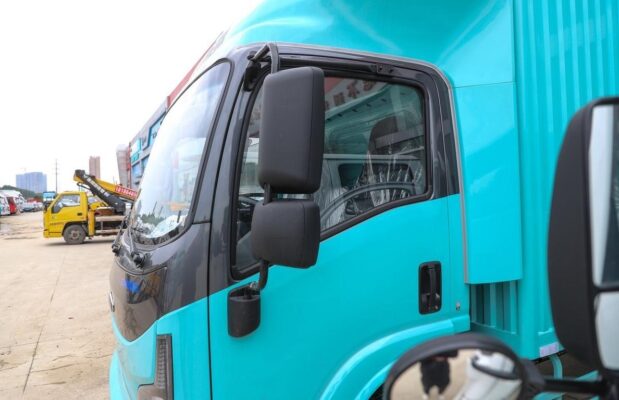
Imagine driving a vehicle and suddenly the brake system alarm goes off. Ignoring this warning could lead to a serious accident. By stopping and checking the brake system immediately, drivers can identify and address any issues before they become more serious.
- Braking after wading:
After leaving the wading road surface, you must keep a certain distance from the vehicle in front. After the brake pads are soaked, the braking force will be insufficient and the braking distance will increase. This is because the water on the brake pads can reduce the friction between the pads and the rotors, making it more difficult to stop the vehicle quickly.
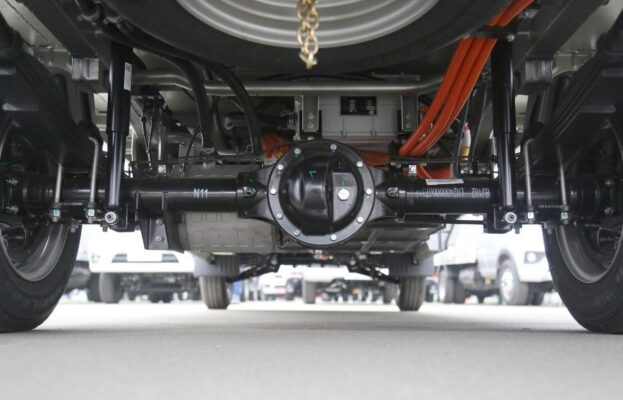
For example, if a driver follows too closely to the vehicle in front after wading through water, they may not be able to stop in time if the vehicle in front suddenly brakes. By maintaining a safe distance, drivers can give themselves enough time to react and stop safely.
In conclusion, using new energy electric logistics vehicles in the rainy season requires special care and attention. By following these precautions and being vigilant about the condition of the vehicle, drivers can ensure their safety and the proper functioning of their vehicles. Remember, the above information is for reference only. For specific details and instructions, always refer to the manufacturer’s manual. If you are interested in new energy electric logistics vehicles and want to know more information, feel free to communicate and share experiences with others.
